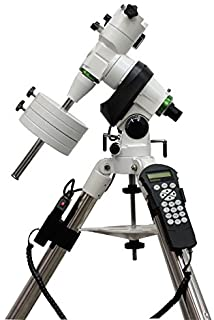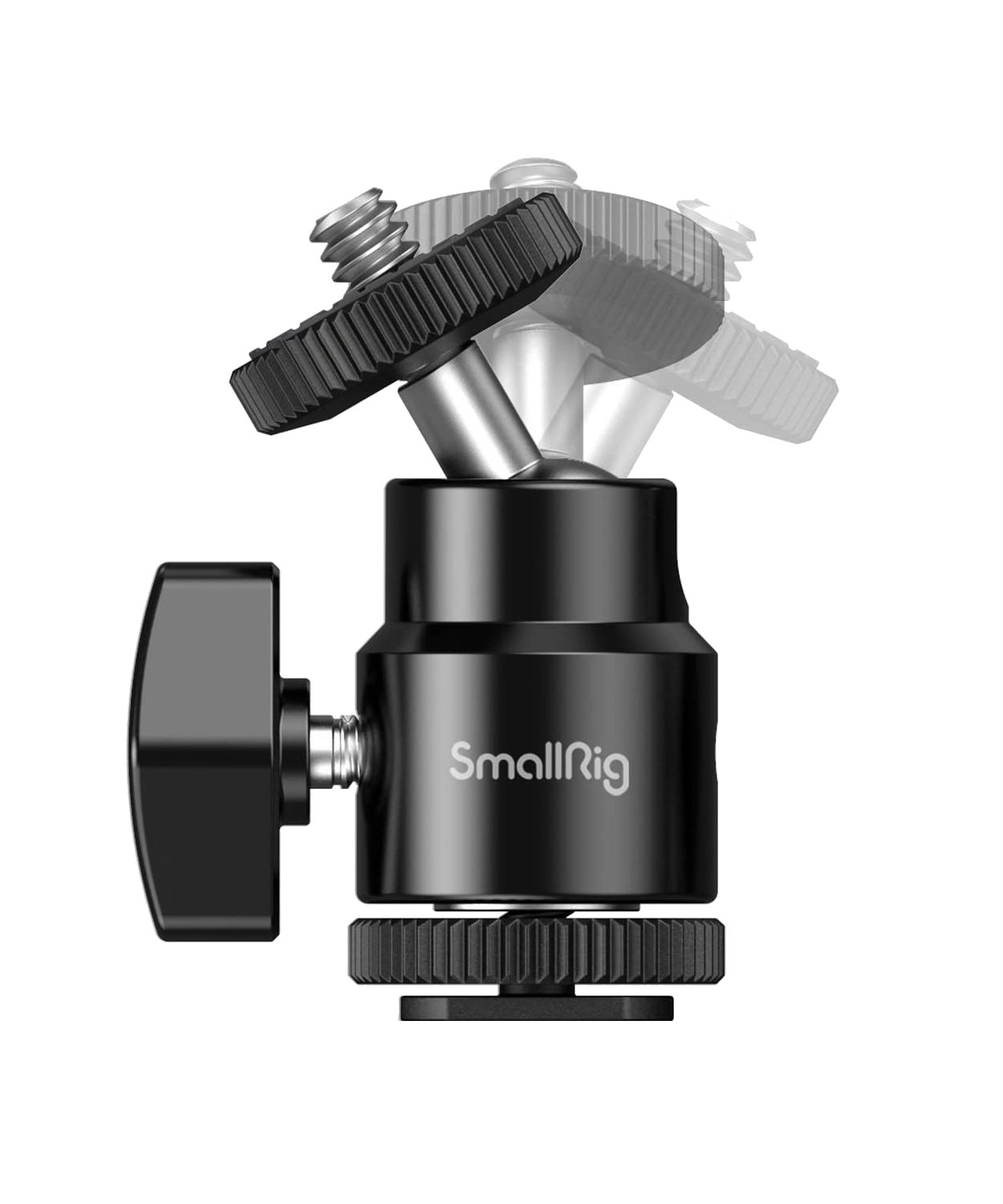=Semi-Automation of 2 elements cross-yagi=
Well, there are still many problems to solve.
(2) Which way should it rotate?
Amateur satellites are not geostationary, so they appear differently each time. They appear from anywhere, north, south, east or west, depending on their orbit. Some fly just above the horizon, while others pass directly overhead and set on the other side.
However, since they revolve around the Earth in an almost circular orbit, it is possible to roughly set them as long as you know the maximum elevation angle and the direction at that time.
This is similar to the “equatorial mount” used to take photos of stars, and the theory is that if you align the axis of rotation of the camera with the axis of the diurnal motion of the star, there will be no shaking.
(I sometimes take photos of the stars, but I don’t have an equatorial mount…)
And since it’s a two-element system, the beam is very broad and it doesn’t matter if the direction is off by 30 degrees or so from the satellite. Here, it’ll be fine if you prepare a camera platform.
So what else is the problem? Well, it’s the direction in which the satellite flies. In case of a satellite moving from south to north near Japan, if it passes east of your position it will move from right to left, but if it passes a little west it will move from left to right.
But unfortunately, there are no kitchen timers that rotate in the opposite direction.
We’ll have to come up with a somewhat acrobatic solution to this.
(To be continued)
→To : Where Have All the Mainsprings Gone?(Part 3)
→Back to INDEX